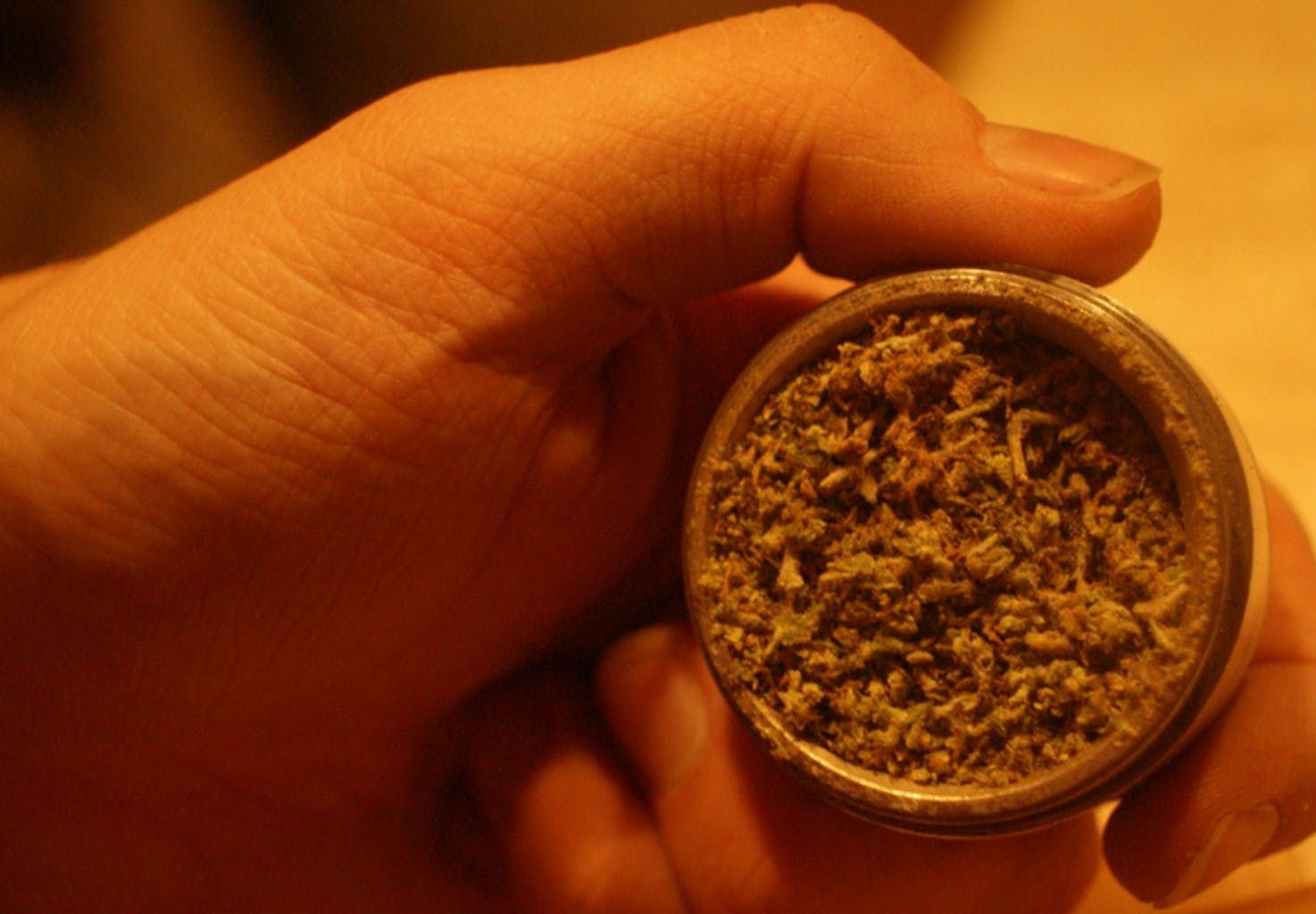Cannabis users who are planning on cooking with marijuana any time in the near future need to learn one all-important trick: decarboxylation.
Decarboxylation is the process by which consumers heat cannabis through vaporization or flame to release the psychoactive compounds within the plant. This allows people to enjoy the psychoactive properties of cannabis and put together tastier and more potent homemade edibles. Here’s what you need to know about the decarboxylation process.
Why Decarboxylate?
When cannabis is in its raw state, it contains a great deal of a
compound called THCA (tetrahydrocannabinolic acid), which has a variety of medical benefits but doesn’t produce psychoactive effects. When cannabis is heated, however, it goes through the process of decarboxylation, which releases the carbon dioxide within the compound, turning THCA to psychoactive THC (tetrahydrocannabinol). This allows consumers to enjoy the full range of psychoactive effects that cannabis has to offer, and is a necessary step for those who intend to cook with marijuana.
Decarboxylating Cannabis Without Damaging Terpenes
When beginning the decarboxylation process, one of the most important
things to keep in mind is temperature. While marijuana needs heat in
order to decarboxylate properly, too much heat can damage the delicate
compounds within cannabis, burning it and making it smell and taste
charred and bitter. Because of this, low, slow heat is best. Lower
temperatures allow the cannabis to decarboxylate properly without
compromising the delicate terpenes (the compounds and oils that give
different strains of cannabis their distinct tastes and smells)
contained within it.
In addition to providing a satisfactory olfactory and oral experience
for marijuana aficionados, terpenes also possess a wide range of
benefits,
from stress relief to increased focus. Heating marijuana on a flame
that’s too high can damage the terpenes enough to destroy those rare and
sought-after health benefits.
How to Decarboxylate Cannabis
While decarboxylation may seem like a difficult process, it’s easy to do
at home using simple tools and your own oven. Just follow these
directions:
- Preheat your oven to 240 degrees F.
- Break the cannabis plant into small pieces, making sure to break up
the buds and flowers into small chunks. Keep in mind that the
decarboxylation process is the same no matter how much cannabis you
choose to use. - Spread the pieces of marijuana out into a single layer on a rimmed
cookie sheet. Don’t leave any empty space in the pan or pile
marijuana into double layers, as this will interrupt the
decarboxylation process. - Bake the marijuana for 30-40 minutes, stirring every 10 minutes to
ensure the herb is baking evenly. - When the cannabis begins to reach a rich, dark color and looks dry,
remove the baking sheet from the oven and allow the cannabis to cool
at room temperature. If you’re unsure whether the cannabis is done,
touch it. Cannabis that has properly decarboxylated should be dry
and crumbly to the touch, but not black or crispy. - Once the cannabis has cooled completely, transfer it to a
food processor. Pulse the marijuana in a food processor until it’s
coarsely ground (like coarse coffee grounds). Be careful to avoid
processing the marijuana too much or else you’ll wind up with a fine
powder that’s difficult to sift. Once the marijuana is ground
properly, store it in a plastic zip bag or an airtight Tupperware
container for use in extractions and homemade edibles, like
cannabis-infused
butter.
Tips for Effective Marijuana Decarboxylation
In order to ensure you’re decarboxylating your marijuana properly,
follow these tips:
- Decarboxylate everything you plan to cook. Because
active (post-decarboxylation) CBD and THC have myriad health
benefits, as well as anti-cancer
properties,
decarboxylating all marijuana before cooking with it is a great way
to ensure tastier edibles that are also better healthier. While raw
cannabis is ideal for inhalation, decarboxylated cannabis is the
go-to marijuana form for cooking. - Use an oven. Many people who are decarboxylating cannabis for
the first time try to decarboxylate small batches of marijuana using
a simple lighter or torch. Unfortunately, this is an uneven heating
method that makes it easy to burn some marijuana while leaving the
rest raw. To avoid this, always head straight to the oven for your
decarboxylation needs. In addition to providing more even heating
and a higher-quality end product, the oven makes the entire
decarboxylation process simple and is the perfect way to process a
large amount of marijuana at one time. - Allow the marijuana to cool completely. Once newly
decarboxylated marijuana has left the oven, it’s important to allow
it to cool completely. This preserves the terpenes and makes the
marijuana easier to handle.
While decarboxylation isn’t a word found in many novice cannabis users’
vocabularies, this simple process is an important tool to transform the
non-psychoactive compounds of cannabis into psychoactive ones.
Decarboxylation is a must for anyone who intends to cook with cannabis,
as it allows consumers of edibles to reap all of the medical and
psychoactive properties of cannabis in a tasty package. For experienced
cannabis consumers and novices alike, decarboxylation is an important
tool for every cannabis lover to have in his or her toolbox.






